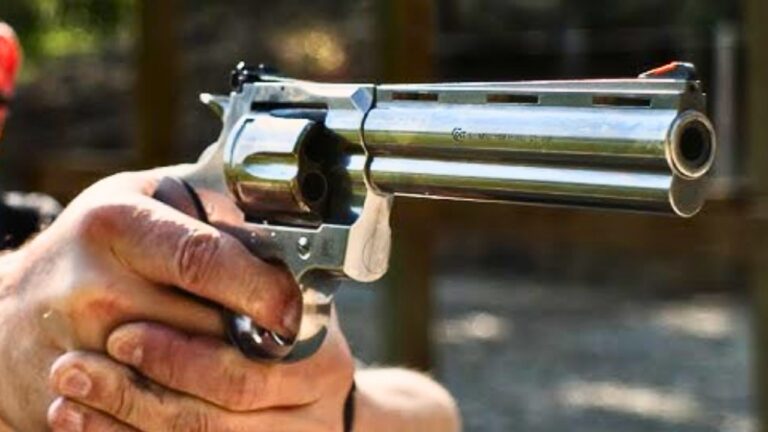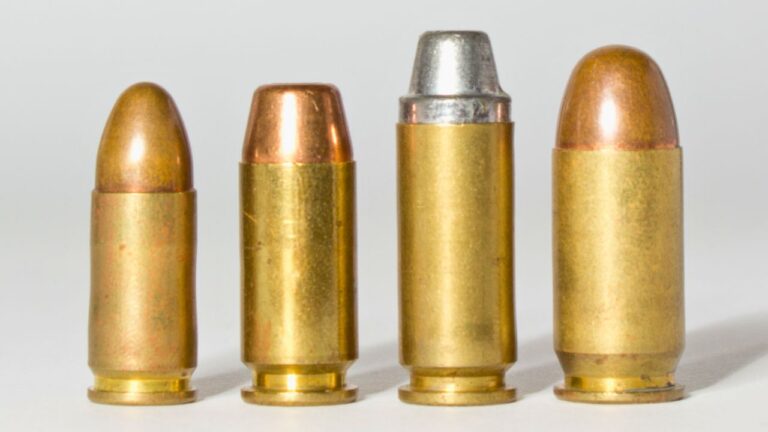Revolvers were the sidearms of choice for lawmen and rangers who had to settle disputes in dusty towns or across wild country. They weren’t chasing trends or fancy designs—they carried what worked. The guns they trusted needed to fire when called upon, survive rough treatment, and still hit where aimed. These were tools that built reputations and kept order in places where backup wasn’t guaranteed. If you’re looking at the revolvers that saw real action, these stand above the rest.
Colt Single Action Army
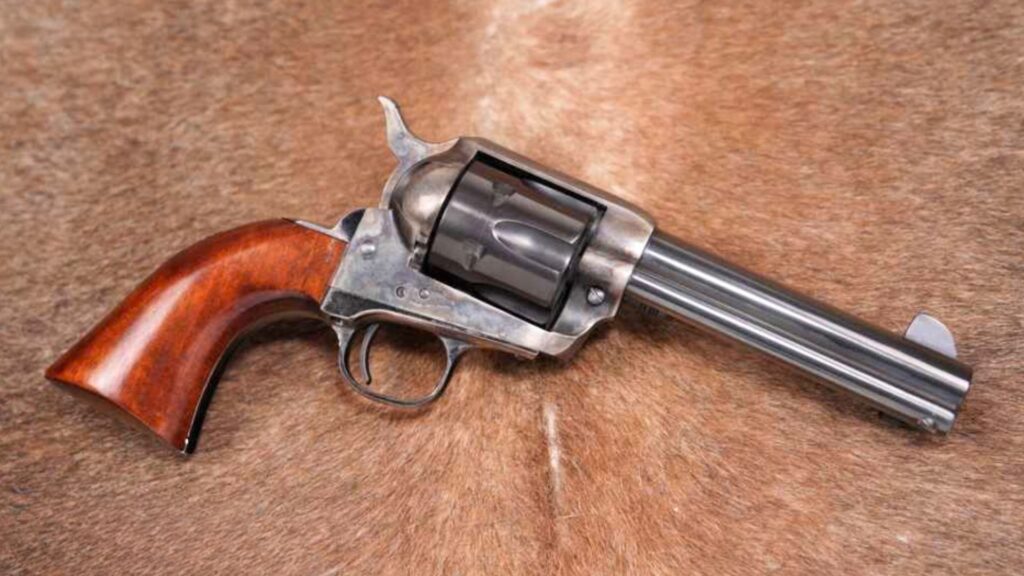
You can’t talk about lawmen without mentioning the Colt Single Action Army. It was carried by countless sheriffs, rangers, and marshals during the late 1800s. Its reliability and widespread availability made it the standard sidearm of the frontier.
Whether holstered in a town marshal’s belt or strapped across a ranger’s hip, this revolver proved itself in countless gunfights. Its .45 Colt chambering gave enough stopping power for the day, and its rugged design meant it worked even after years of hard use.
Smith & Wesson Model 3 Schofield
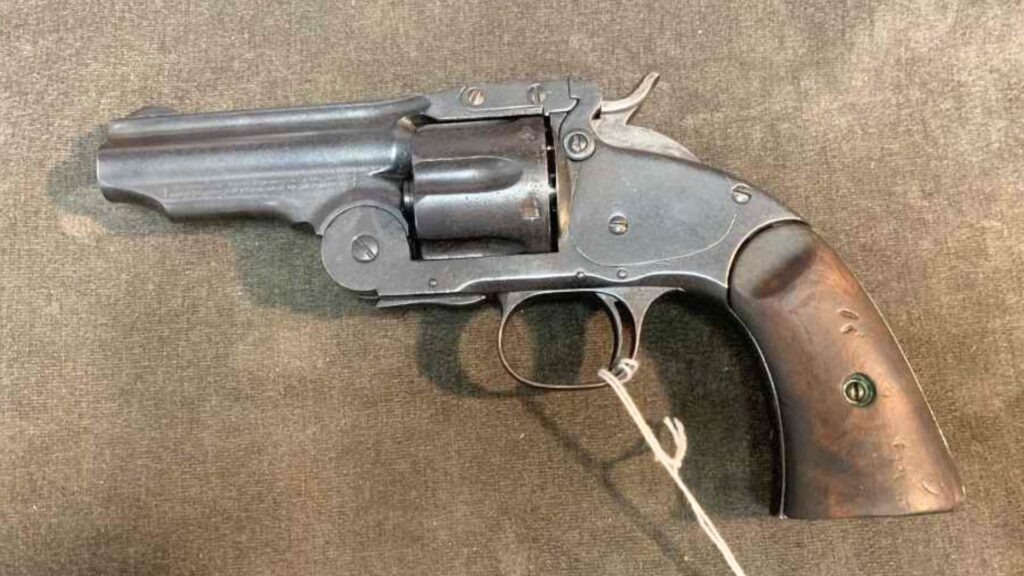
The Schofield revolver was adopted by both the military and frontier lawmen, with its quick top-break reload giving it an edge. Riders and rangers appreciated the ability to dump empty shells and reload faster than a Colt.
It found a home with Texas Rangers and U.S. Marshals alike. While chambered in a lighter cartridge than the .45 Colt, its speed of operation made up for it. In the field, it was a revolver you could count on to get back into the fight quickly.
Colt 1877 Lightning
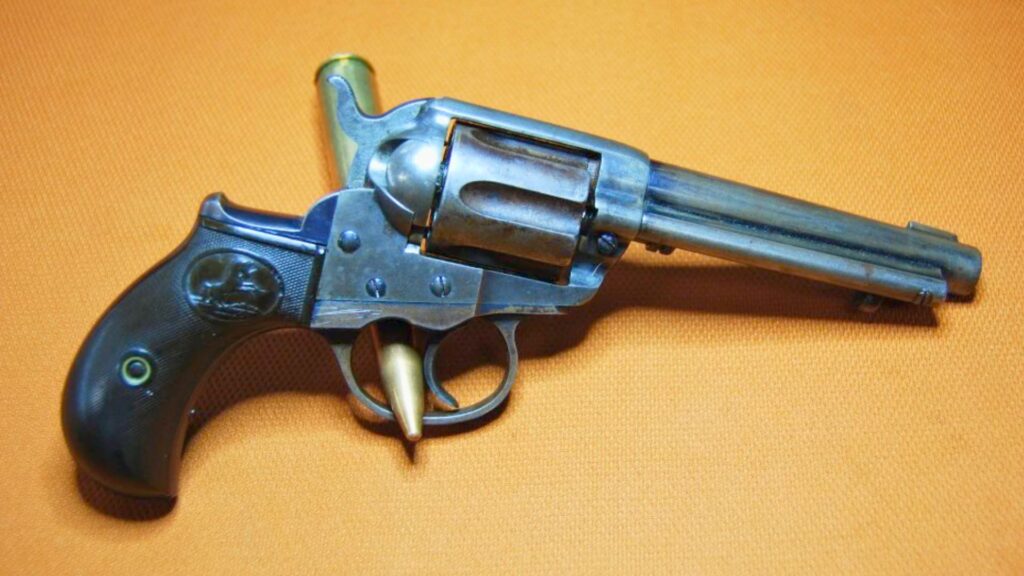
The Colt 1877 Lightning was one of the first double-action revolvers, and some lawmen took to it early. Its faster trigger pull meant they could get shots off quicker in a close scrape. Not all shooters liked it, but it earned a place in law enforcement history.
It was carried by rangers who wanted something faster than a single-action draw. Though more delicate than the Single Action Army, it gave an edge to those who trained with it. It’s remembered as one of the transitional sidearms of the era.
Remington 1875
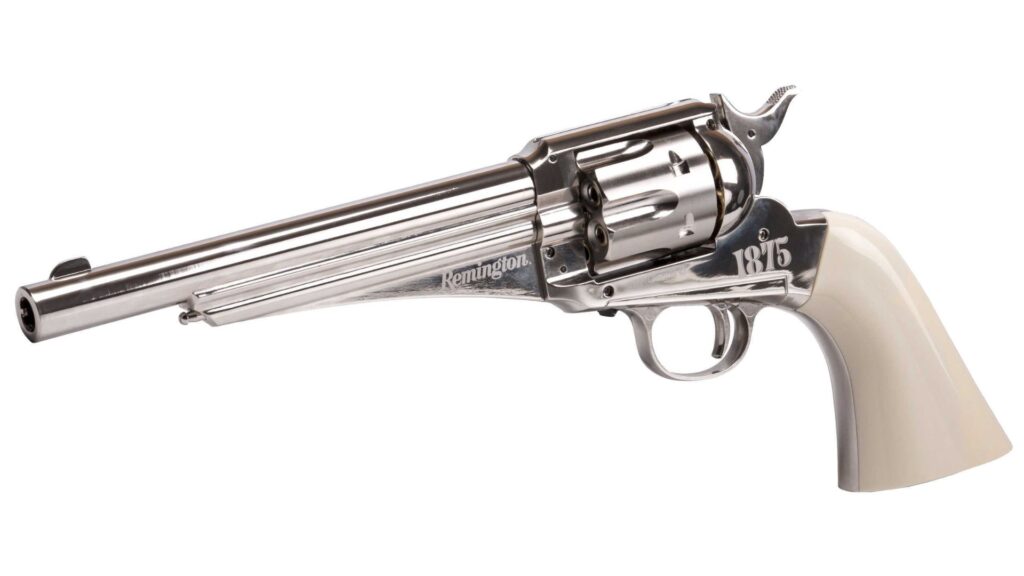
The Remington 1875 never reached Colt’s sales numbers, but many lawmen favored it for its strong frame and solid performance. It came in popular chamberings like .44-40, which made it compatible with the rifles many carried at the time.
Texas Rangers especially appreciated the Remington’s ruggedness. It didn’t loosen up as easily as some Colts under hard use, and its balance made it easy to handle. While overshadowed in history, it earned its reputation among the men who trusted it daily.
Colt Model 1909
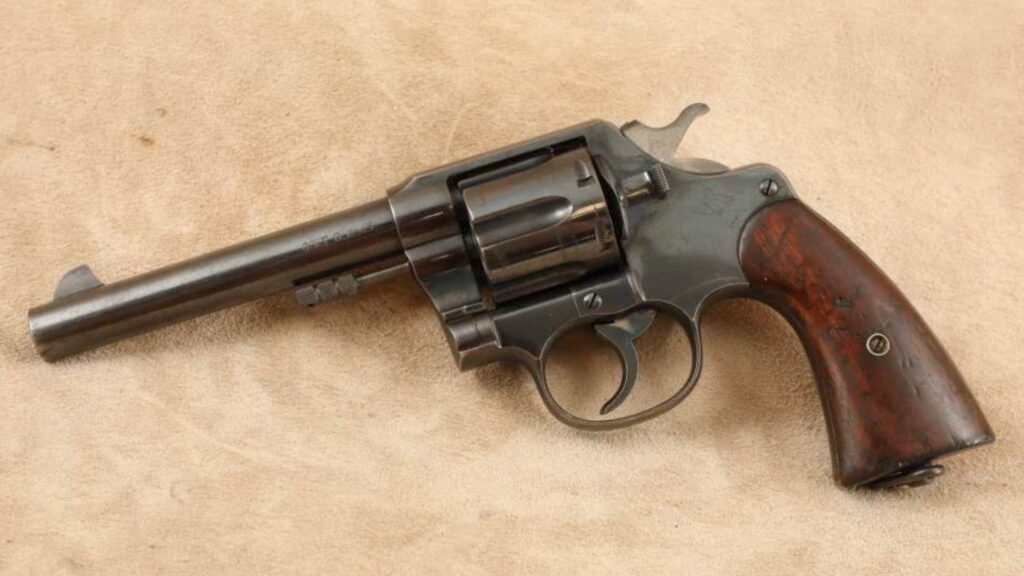
By the early 1900s, revolvers were still in service with lawmen even as semi-autos began to appear. The Colt Model 1909 in .45 Colt was issued widely to both soldiers and officers, and many sheriffs and deputies adopted it for its proven power.
It carried the same stopping authority that made the Single Action Army famous, but in a double-action frame. For rangers and lawmen working into the 20th century, it offered the blend of familiarity and upgraded function they wanted.
Smith & Wesson New Model No. 3
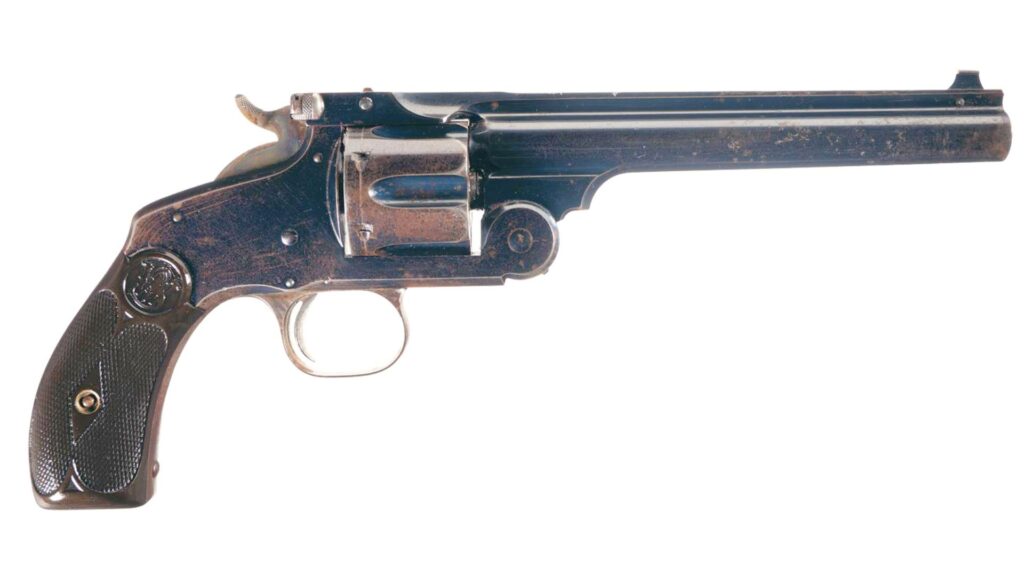
The Smith & Wesson New Model No. 3 saw service in the hands of lawmen during the late 1800s, especially those who valued precision. It had a reputation for accuracy and was chambered in .44 Russian, which was respected for its performance at the time.
While not as common as Colts, it was carried by U.S. Marshals and others who wanted something different. Its break-top design and fine craftsmanship made it a revolver that could hold its own on the frontier.
Colt New Service
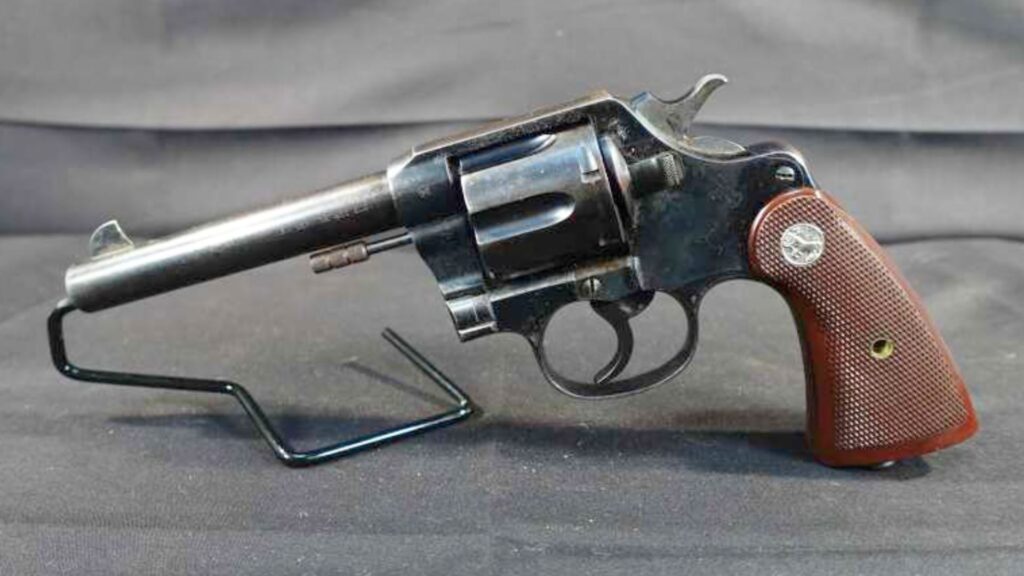
The Colt New Service came into play at the turn of the century and was embraced by both the military and civilian lawmen. Chambered in calibers like .45 Colt and .44-40, it was built like a tank and capable of handling rough service.
Sheriffs and rangers alike carried it as a trusted duty revolver. Its size and strength gave them confidence in both firepower and durability. For decades, it was one of the most respected large-frame revolvers in American hands.
Merwin Hulbert Frontier
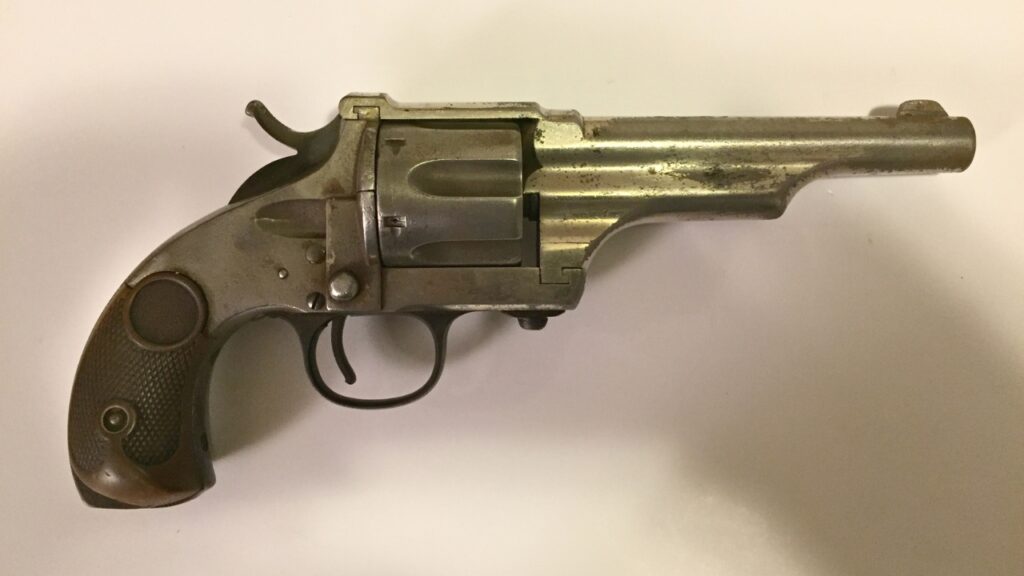
The Merwin Hulbert Frontier was never produced in the numbers of Colt or Smith & Wesson revolvers, but it had its following among lawmen. Known for its unique rotating barrel and easy extraction system, it offered fast unloading and reliable function.
Some Texas Rangers were documented carrying them, valuing the design’s innovation and durability. While the company didn’t survive long, the revolvers that did make it to the frontier were highly regarded by those who carried them into dangerous situations.
Colt 1892
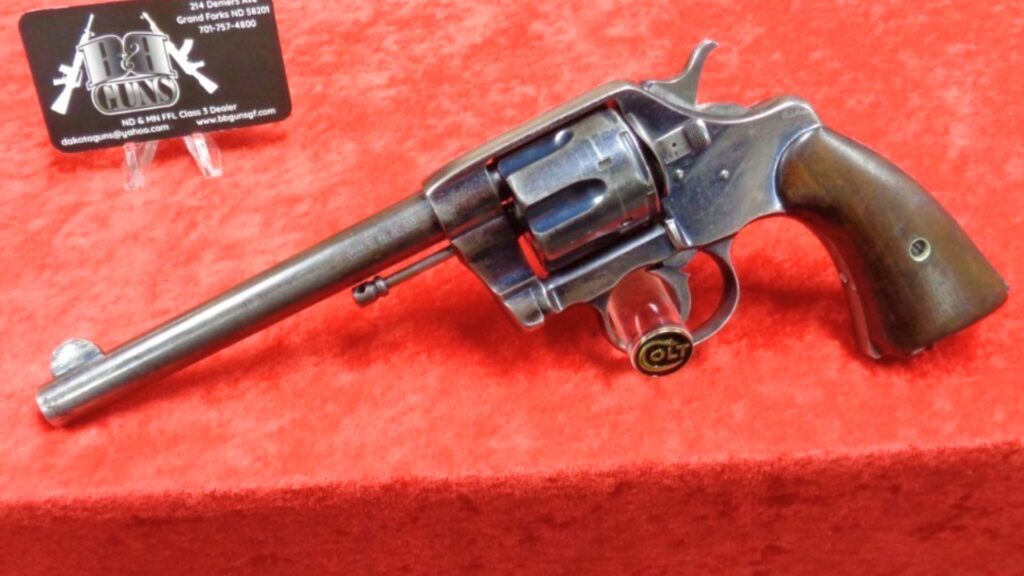
The Colt 1892 was the first double-action revolver adopted by the U.S. Army, but it also made its way into the hands of rangers and sheriffs. Chambered in .38 Long Colt, it was lighter than earlier .45s but still respected as a sidearm.
While its cartridge was later criticized for lacking power, in its day it was considered an advanced service revolver. Lawmen carried it as a step forward in design, even if its performance wasn’t legendary. It holds its place as an important transitional revolver.
Smith & Wesson Model 10 (Military & Police)
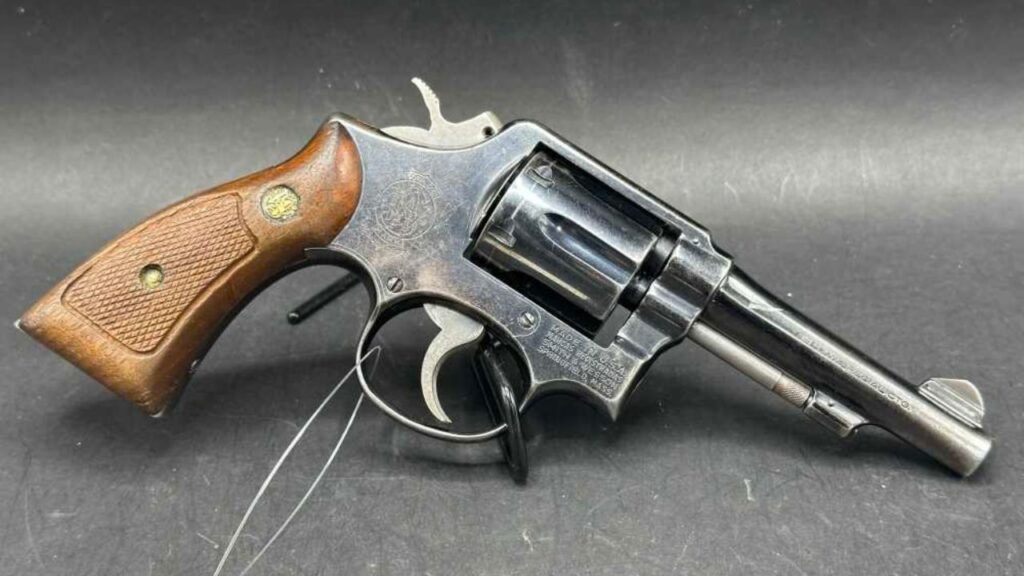
The Smith & Wesson Model 10 became one of the most widely carried revolvers of the 20th century. Lawmen, sheriffs, and rangers trusted it for decades thanks to its reliability and accuracy. Chambered in .38 Special, it became a staple of American policing.
While more modern options eventually took its place, countless real-world lawmen carried the Model 10 daily. It was simple, durable, and accurate—everything they needed in a sidearm for both town work and patrol in the countryside.
*This article was developed with AI-powered tools and has been carefully reviewed by our editors.



